Here at Peli, of the many questions we get asked about our products, perhaps those that we hear about most are related to ATEX. This likely has to do with the fact that having the right ex-flashlight is imperative to those that work in industries or areas where explosive atmospheres are regularly present. Thus, the most common question becomes some kind of variation of, “what ATEX light is right for me?”
In our last post, we talked about the ATEX directive, defining what it is, where it applies, who it protects, and much more. To recap quickly, ATEX is an EU directive that regulates the manufacture of equipment that is intended to be used in what are termed, EXplosive ATmospheres, hence the acronym ATEX. A potentially explosive atmosphere is one where a mixture of air gases, vapours, mists, or dusts combine in a way that can ignite under certain operating conditions. This includes turning on or off certain types of flashlights and work lights. This is why using the correct ATEX light for your needs is paramount.
Although, the directive is only applicable in the EU, the ATEX standard is quickly becoming one of the foremost worldwide standards for production of devices intended to be used in explosive atmospheres. And it may be only a matter of time before ATEX is mandatory around the globe.
At Peli we produce a variety of different intrinsically safe lighting equipment that is ATEX certified, thus the lighting equipment can be used in these explosive atmospheres without the threat of ignition, explosion, and ultimately, your demise.
Let’s get back to the question we posed at the beginning of this post, “what ATEX light is right for me?” In this post, we’ll go over what you need to consider when evaluating the different kinds of ATEX lights at your disposal. This will include things such as the industry you work in, the type of light you need and the features available, among other things.
Industry
As stated previously, the use of ATEX equipment is vital whenever an explosive atmosphere exists. Explosive atmospheres may be caused by flammable gases, mists or vapours or by combustible dusts, which in theory can exist just about anywhere. As is stated by the International Electrotechnical Commission (IEC), “Explosive atmospheres are almost everywhere [and] zero risk doesn’t exist.” Having said that, there are a number of industries, sectors and workplaces in which these explosive atmospheres are more likely to exist and, thus, present a hazard to those working in the area, such as:
- Offshore sector, such as oil rigs
- Oil & gas, petrochemical industries
- Gas/petrol stations
- Underground mining shafts
- Food processing plants
- Grain handling, drying and storage
- Automotive manufacturing and repair
- Furniture manufacturing
- Wood and aluminium workshops
- Pharmaceutical companies
- Sugar factories/refineries
- Fire & rescue brigades
- Aircraft inspection/aviation
- Municipal drainage operations
- Production of paint and varnish
- Production on chemical sites
- Industrial bakeries
- Repair shops
- Tank inspection
- Maritime
- Power plants
Some of the above sectors and workplaces may be more obvious than others, but they all have their fair share of incidents involving hazardous materials like dusts, gases or vapours. The reality of the situation is that just about any workplace has at least one hazardous explosive atmosphere. But in addition to those working in the industries listed above, anyone supplying, specifying, buying or using equipment intended for explosive atmospheres in the engineering, procurement and construction sector as well as anyone installing, inspecting or repairing such equipment, should also be acutely aware of the risks inherent in their work. Thus, to reduce the inherent risk in these lines of work, the use of properly certified ATEX equipment is imperative.
ATEX Zones
Once you’ve determined whether or not your industry or workplace is one in which the use of ATEX certified equipment is warranted, the next step is to determine which ATEX zone your place of work belongs to and thus, to what degree you need your ATEX equipment certified.
To recap from our previous post on ATEX, according to the ATEX directive, there are different areas within explosive atmospheres that need to be classified according to the potential hazardous risk that each area presents, and only appropriate certified equipment can be used in each area. These different areas are divided into three classifications, also known as zones. For explosive atmospheres from gases and vapours, these zones would be Zone 2, Zone 1, and Zone 0. For explosive atmospheres from dust, the zones are Zone 22, Zone 21, and Zone 20. Each zone classification depends on the level of risk with Zone (2)2 being the least risky and Zone (2)0 being the most. With the ATEX Directive, all electrical equipment is sorted into categories according to these zones and thus certify in which areas they can be safely used.
Potentially hazardous locations are divided into Zones:
- 0, 1, and 2 for Gas, Vapor, Mist
- 20, 21, 22 for Dust
Torches approved for usage in these zones are divided in Categories (1, 2, 3)
Use the handy table shown below to make a preliminary determination on which category of equipment is right for you based on the level of risk of your occupation. Having said that, please remember that only an authorised supervisor should decide the Lighting ATEX Category for each Zone after strict evaluation.
| CATEGORY 1 | CATEGORY 2 | CATEGORY 3 | |
| Zone 0 / 20 | Zone 1 / 21 | Zone 3 / 22 | |
| Zone Criteria | Where an explosive atmosphere is continuously present, or present for long periods of time. (>1000 h./year) Still safe with two faults. |
Where an atmosphere is likely to occur in normal operation. (Between 10 >1000 h./year) Increased safety under abnormal operating conditions. |
Where an explosive atmosphere is not likely to occur in normal operation and if it does occur it will exist only for a short period of time.
|
| Hazard | Certain | Likely | Not Likely |
| Approved Categories | 1G 1D |
1G/2G 1D/2D |
1G/2G/3G 1D/2D/3D |
Type of Light
The next consideration that you should take into account is what type of light is right for your needs. These lights would include the following:
Headlamps
A headlamp, or head torch as it is more commonly known in the UK, is a light source affixed to the head. This is usually achieved with lights attached to helmets or lights that utilize adjustable straps to go around the head or helmet. These types of lights are commonly used for outdoor activities taking place at night, such as hiking, skiing, backpacking, camping or mountain biking. Another common use for headlamps is for activities in dark conditions, not necessarily at night, such as caving or spelunking. In addition to outdoor recreation, headlamps have many potential practical applications to different types of work, especially those that regularly put the worker in hazardous areas that warrant the use of an ATEX headlamp. Examples of this would be automotive repair, search & rescue operations, and underground mining, to name just a few. In fact, when you think of a headlamp, one of the first images that might come to mind is of a coal miner using a headlamp to illuminate the walls of an underground tunnel. There is a lot of dust in those mines. Headlamps are also especially useful if you need your hands free to work. If the above sounds like you, then a headlamp may be your best bet.
Right-Angle Lights
Another potentially hands-free option is the Right-Angle Light. Designed primarily for law enforcement, fire, rescue and military professionals, the right-angle flashlight is a front-facing light that may feature an articulating head. The articulating head, an adjustable head of the flashlight, gives the user the ability to adjust the angle and positioning of the beam. A right-angle flashlight is particularly useful to be attached to a user’s chest to illuminate the area directly in front of him or her. Similar to the aforementioned headlamp, this light also operates hands-free. What makes it different from a headlamp is that by definition, it is not attached to the head and thus may give the user more comfort and usability. Due to the angled or adjustable design of the right-angle light, it can illuminate the area in front of a user by attaching to the chest but can also be operated with hands just like a traditional flashlight. Thus, the right-angle light could be considered more versatile than a headlamp, as it is likely more compatible with a uniform, such as police, firefighter or military uniform.
Handheld Flashlights/Torches
Of course, maybe a standard handheld torch with ATEX certification is what you need. Some are larger in design, such as a lantern design, and some smaller, such as a penlight or the famous PELI™ MityLite™. Although, these may be your basic point and shoot flashlights, they do present the opportunity to be attached to a helmet to be operated hands-free and some may consider this versatility an asset compared to the two options above.
Work Lights
Work lights, also known as Remote Area Lights (RALS), are a bit different from the rest of the lights on this list as they are typically larger, high intensity light fixtures more akin to floodlights. They are designed to illuminate larger areas for work, such as emergency scenes, underground mines, rail and road construction sites and much more. These lights are fully portable, powerful, energy-efficient and rechargeable, and thus can be used to illuminate remote areas, confined spaces and large workspaces, just about anywhere.
Features
The next thing to consider are the features of the ATEX light that you may require. Some of the popular features of ATEX lights are as follows:
Rechargeable
Although battery run time has improved in recent years, you don’t want to get caught in the dark with a flashlight running out of battery, so one of the rechargeable variety may be a good choice.
Magnetic lights
Magnetic lights often come in the right-angle light variety and are exactly what they sound like, magnetic lights. They are able to be stuck to a metal surface to operate as a smaller hands-free work light.
Photoluminescent flashlight
Another feature that might be worth your while is photoluminescence, or glow-in-the-dark. Ever lost something in a dark place and wished it would glow-in-the-dark so that you could find it again? Well, with these types of lights, you’ll never have that problem because they emit a bright glow making it highly visible in pitch black environments. These lights can be invaluable in emergency situations due to their glow-in-the-dark nature.
Conclusion: There is an ATEX light for everyone
Having said all of the above, there is an ATEX light for everyone and there are many more types and features that each light can contain.
If you are looking for an ATEX light of some kind, Peli torches are built with the highest quality materials and to comply with the latest ATEX Directive (2014/34/EU). Peli Products makes sure to comply 100% with all regulations and standards of the ATEX directive. Even though this sometimes means higher investment in R&D or that it may lead to longer times until products can be released, we’d rather produce the highest quality product possible than not.
If you’d like to discuss further which ATEX light is right for you, a Peli sales rep would be happy to speak to you. Or you can have a look at our full catalogue by clicking on the button below.





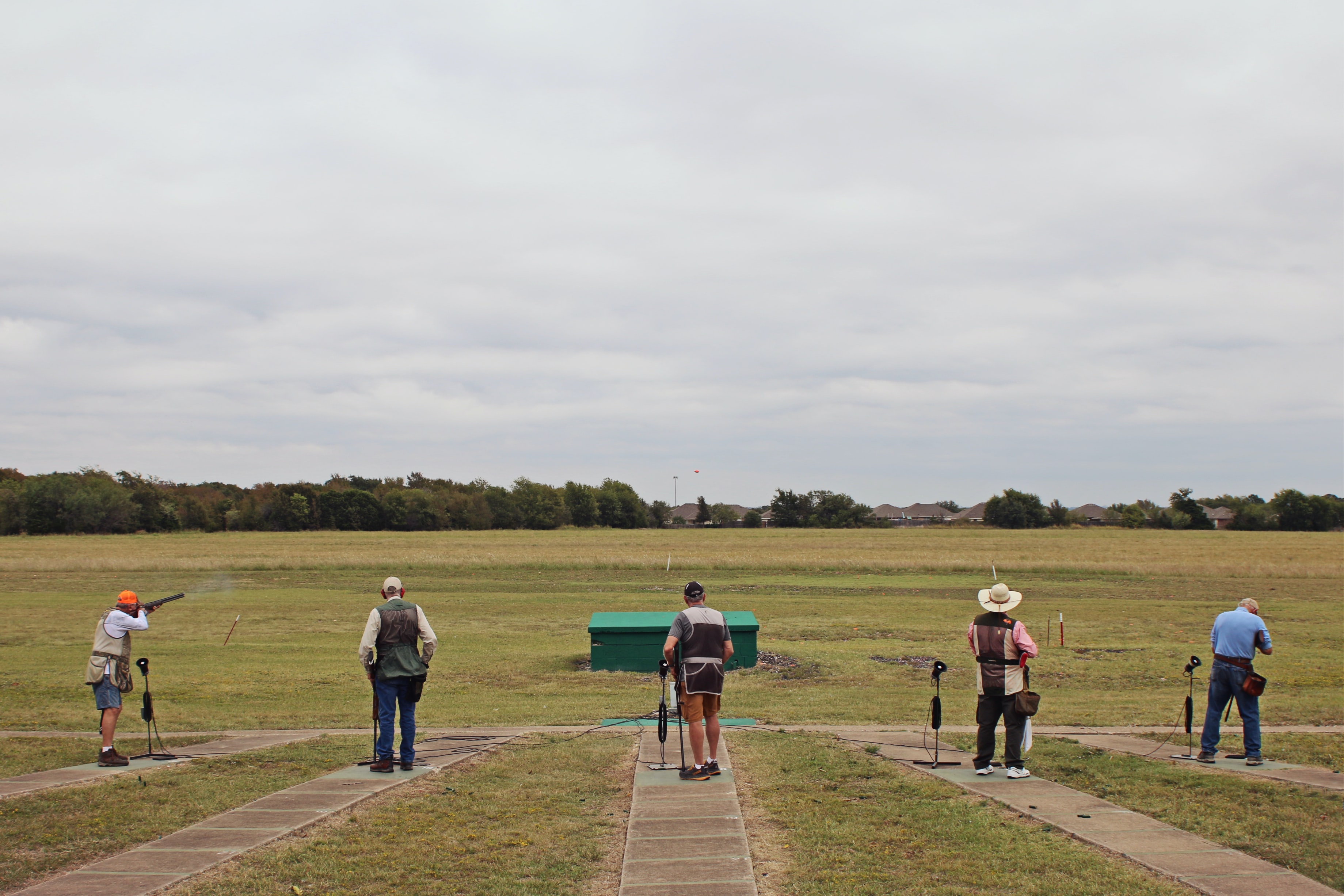

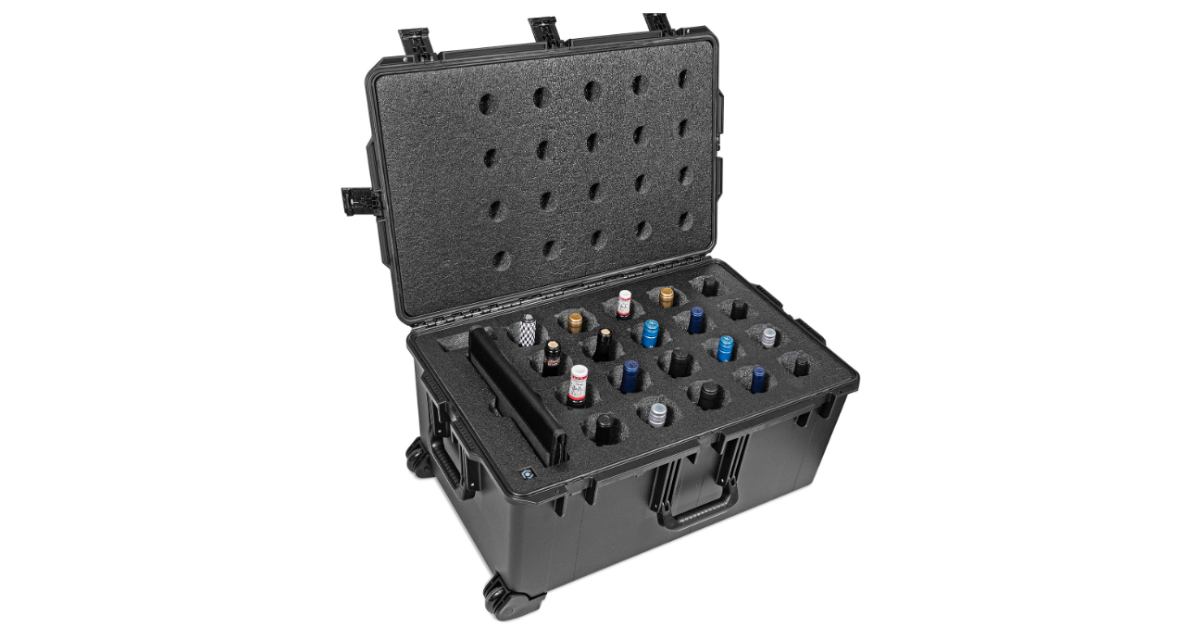
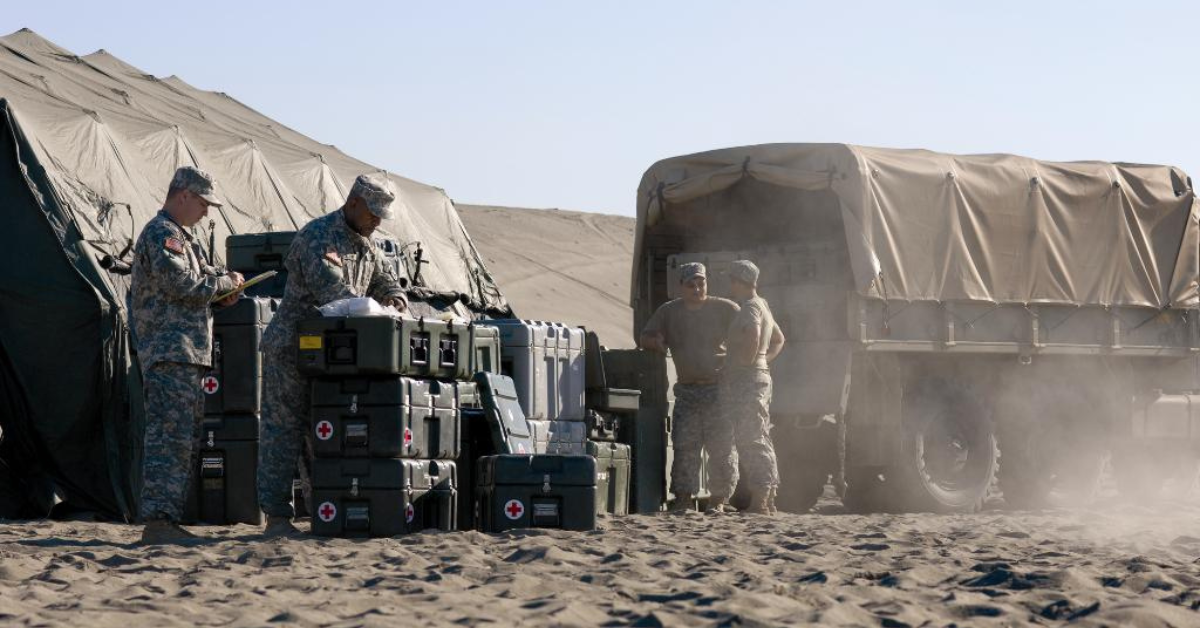
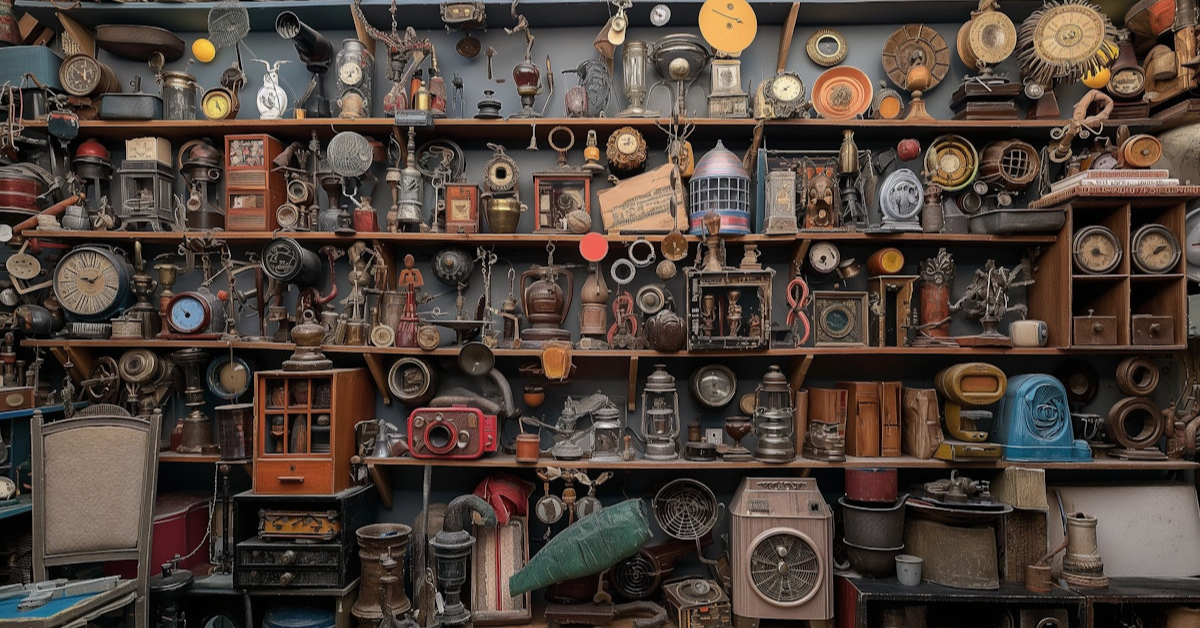
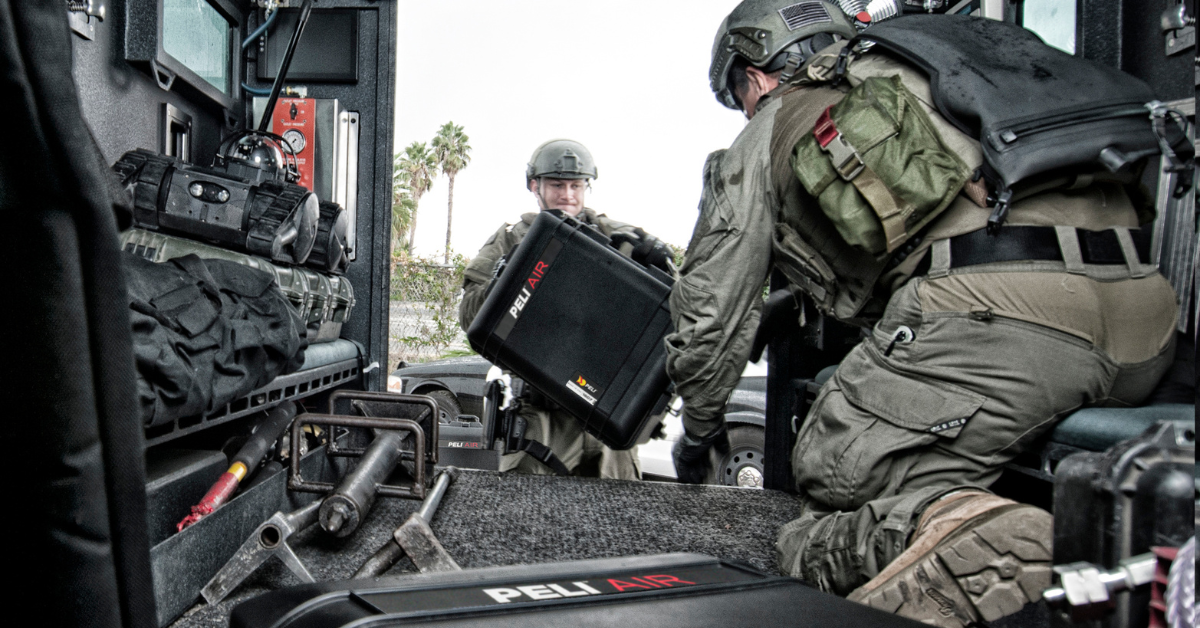

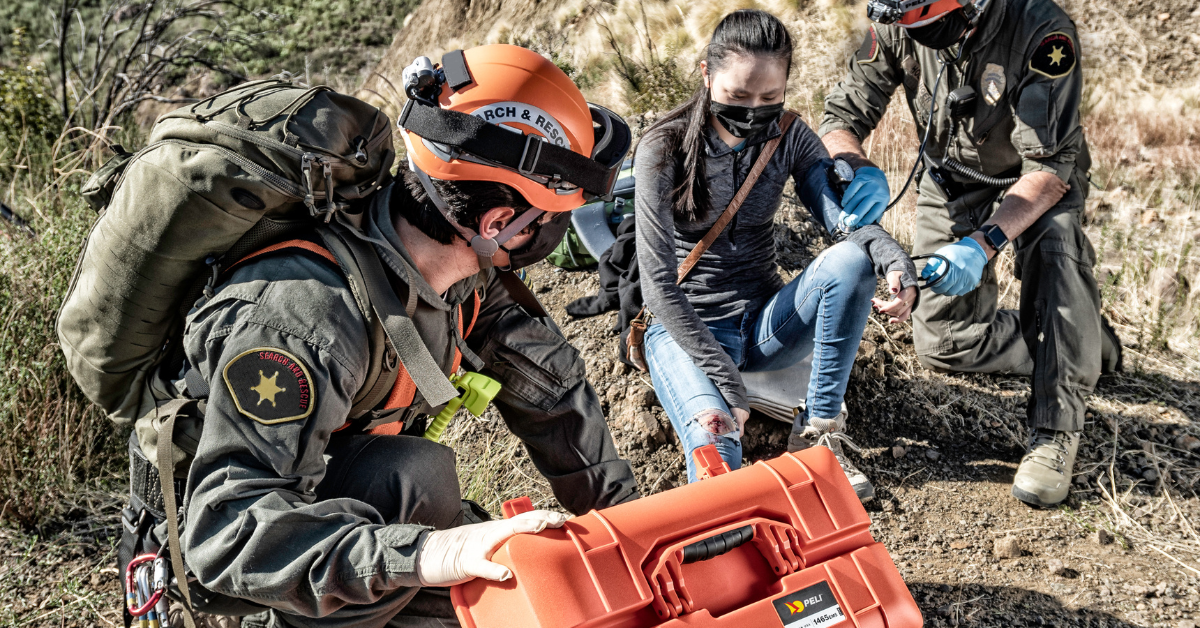
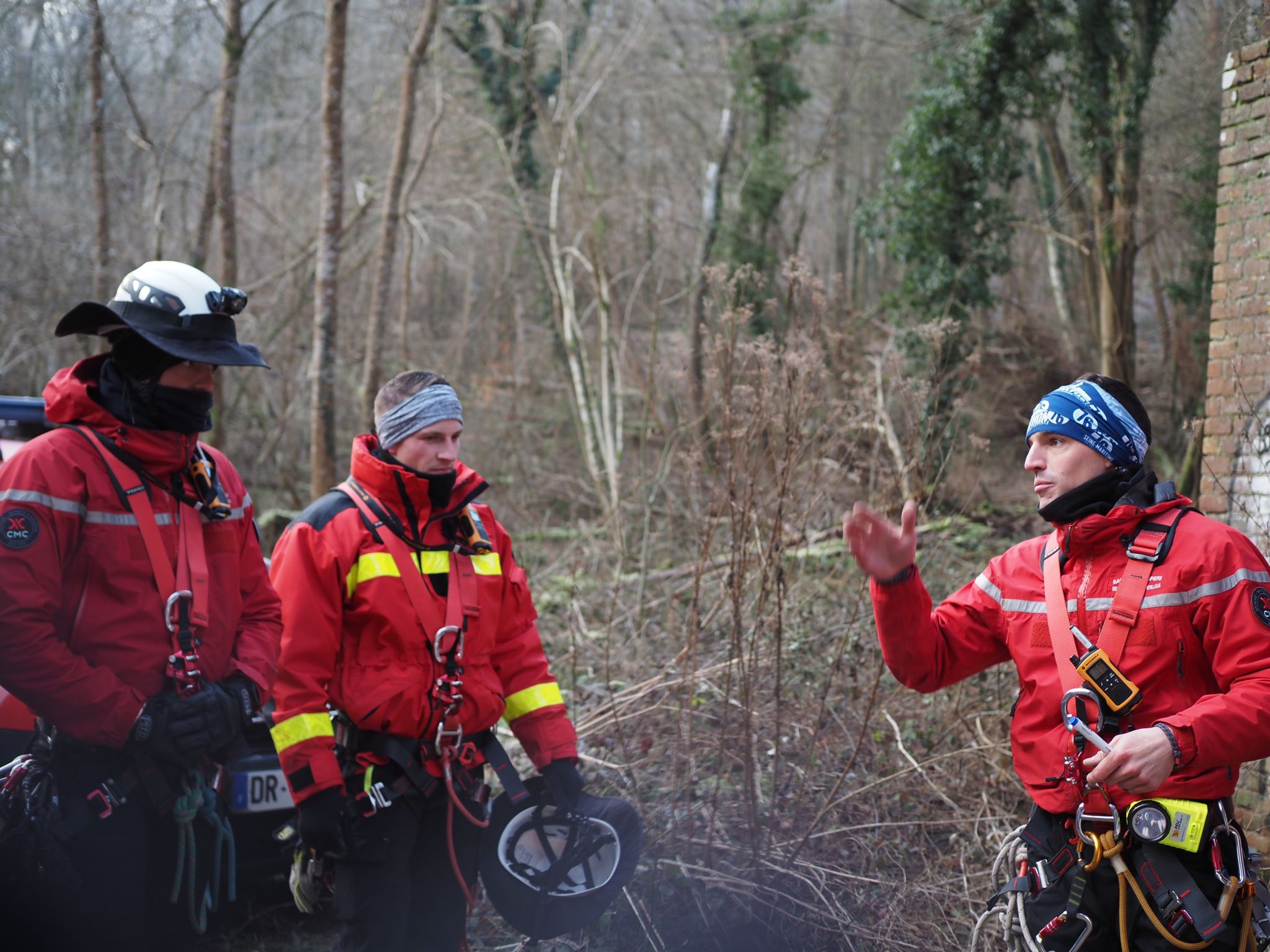
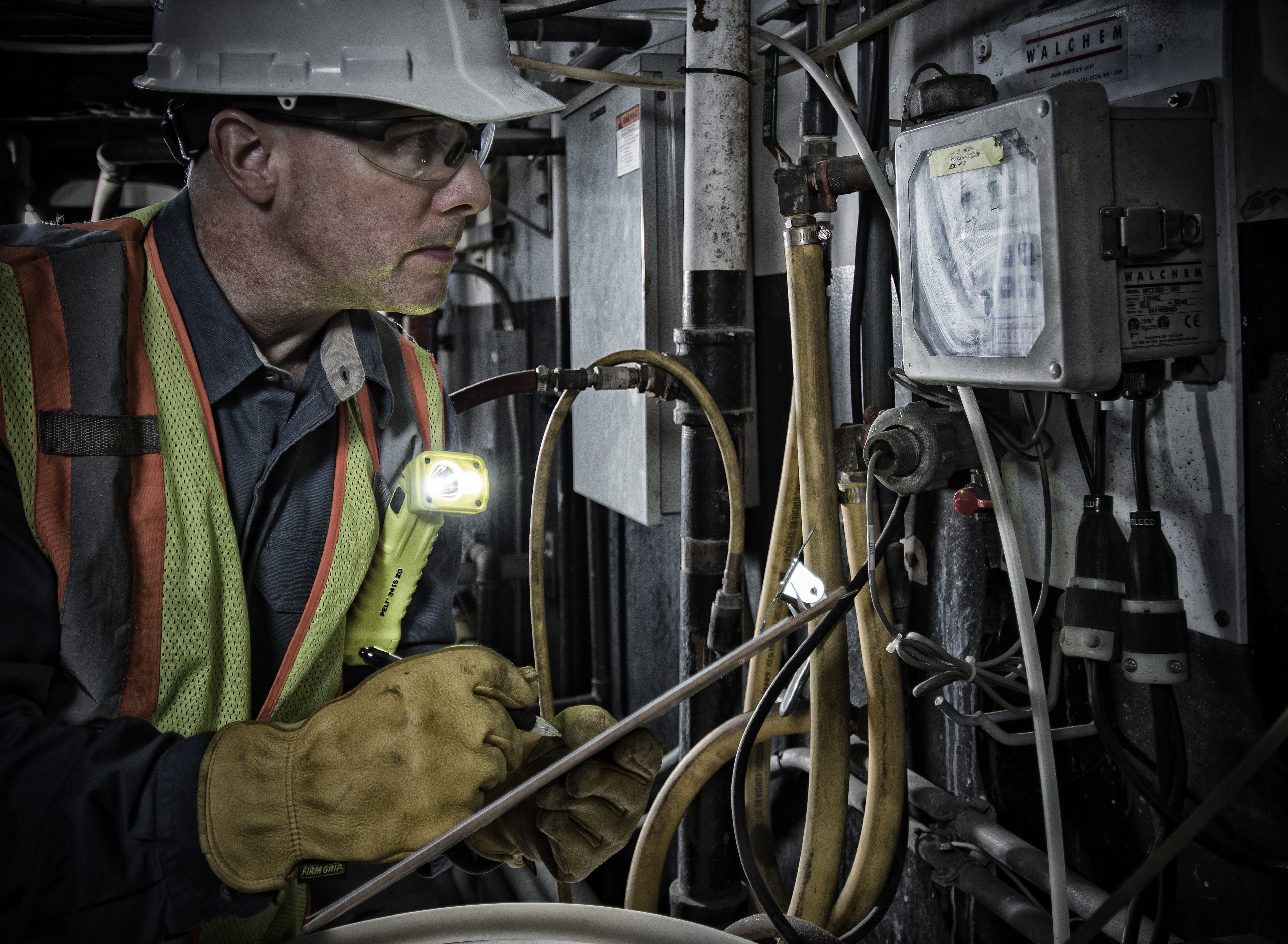
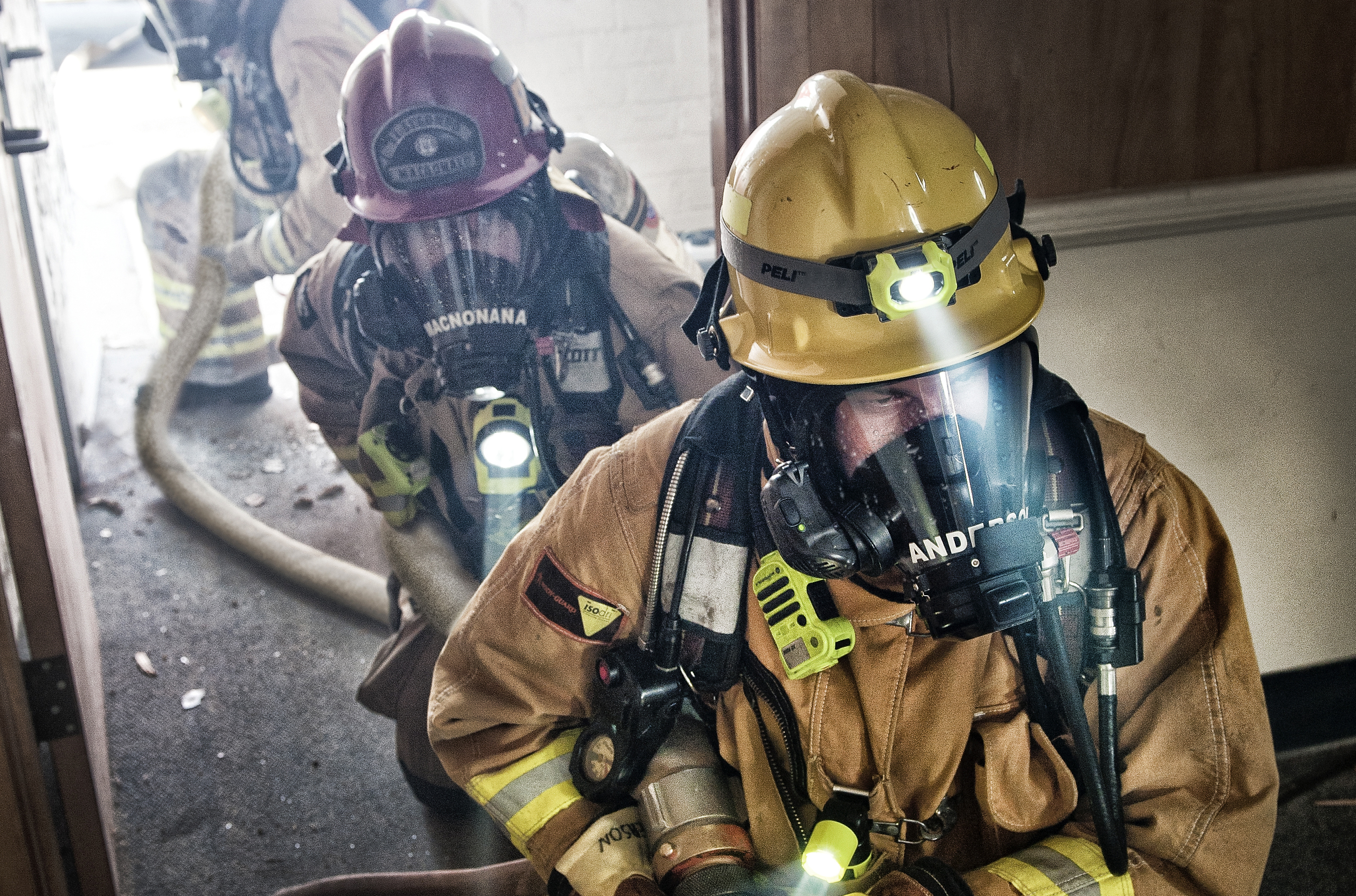


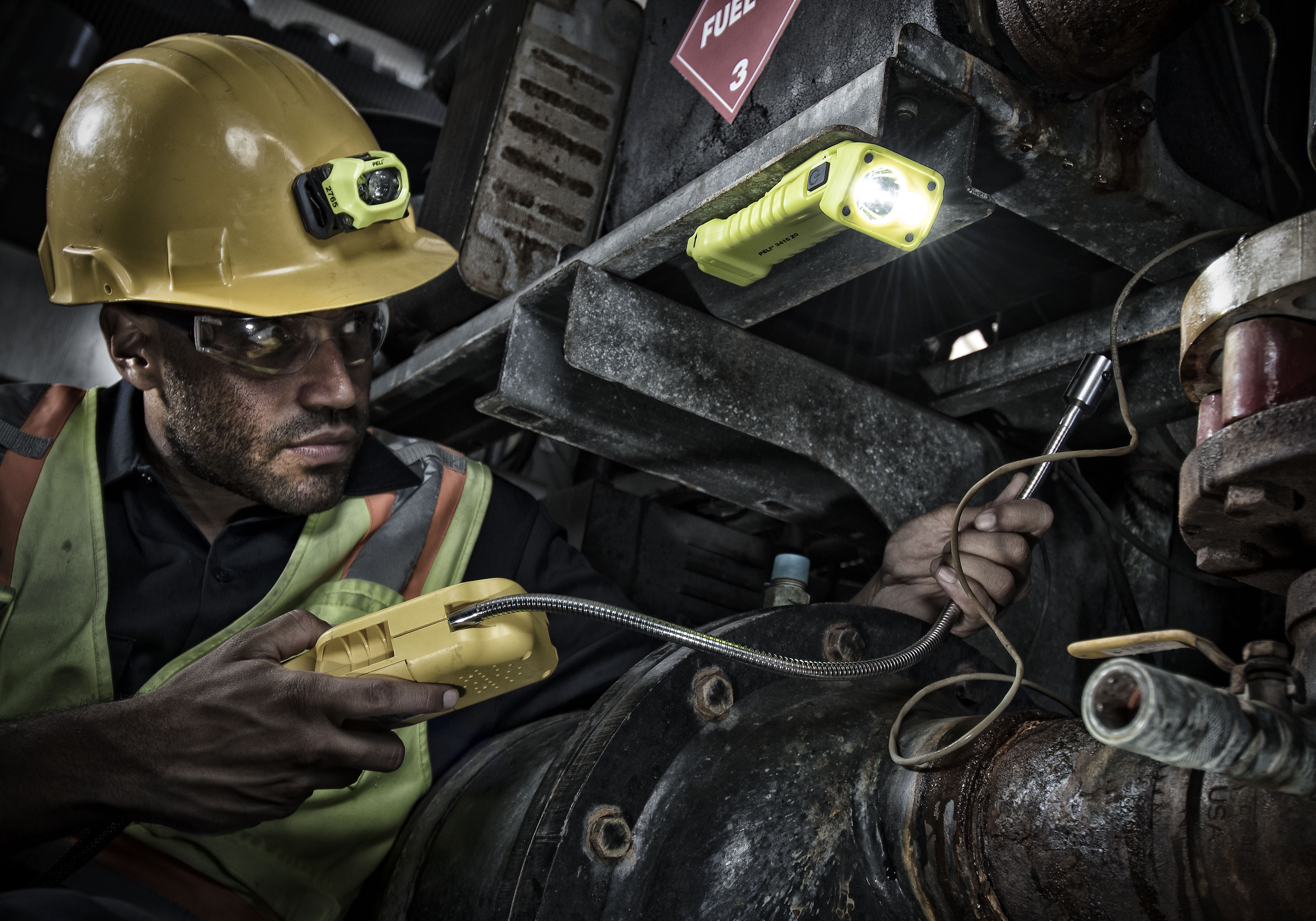

Post a comment